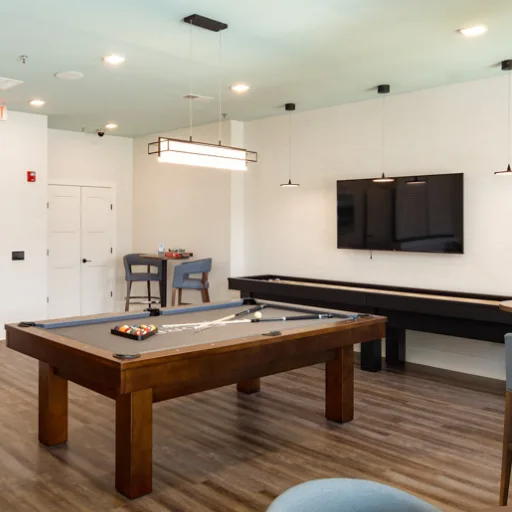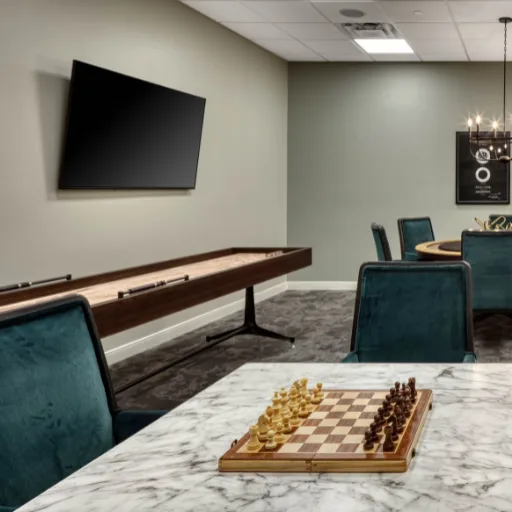In recent years, senior living facilities have evolved to offer more than just basic accommodations. Modern senior living communities now focus on providing a holistic living experience that promotes physical, mental, and social well-being. One key element that has gained attention is the inclusion of game rooms and game furniture, such as pool tables, shuffleboard, and poker tables. These amenities are not just about entertainment; they play a crucial role in enhancing the quality of life for residents. Furthermore, they facilitate intergenerational interaction, fostering stronger community bonds.
Enhancing Social Interaction and Mental Health
Game rooms are excellent spaces for residents to engage socially. Many seniors face the risk of isolation and loneliness, which can negatively impact their mental health. By providing a communal area where residents can come together to play games, facilities can encourage socialization and help residents build meaningful relationships. Games like pool and poker require strategic thinking and concentration, which can help keep the mind sharp and engaged.
Physical Benefits
Certain games, such as shuffleboard and pool, also offer physical benefits. These activities can improve hand-eye coordination, fine motor skills, and overall dexterity. Regular physical activity is essential for seniors to maintain their health and mobility, and game rooms provide a fun and enjoyable way to stay active.


Creating a Sense of Community
Game rooms serve as a communal hub where residents can gather, share experiences, and enjoy each other’s company. This sense of community is vital for creating a supportive and inclusive environment. When residents feel connected to their community, it can lead to increased happiness and a sense of belonging.
Intergenerational Interaction
One of the most compelling aspects of having game rooms and game furniture in senior living facilities is the potential for intergenerational interaction. According to insights from Carolina Office Furniture Solutions, designing spaces that encourage interaction between different generations can have profound benefits. Younger family members or volunteers can visit and engage with residents through games, fostering connections and mutual understanding.
Intergenerational activities can break down barriers and stereotypes, allowing for the exchange of knowledge and experiences. Seniors can share their wisdom and life stories, while younger generations can introduce new games and technologies, creating a rich and dynamic environment. These interactions can enhance the well-being of both seniors and their younger counterparts, promoting empathy and respect across age groups.
Conclusion
Game rooms and game furniture in senior living facilities are more than just recreational amenities. They are essential components of a well-rounded community that supports social, mental, and physical health. By providing spaces for games and activities, facilities can create vibrant and engaging environments where residents thrive. Moreover, the opportunity for intergenerational interaction adds an invaluable dimension, enriching the lives of both seniors and the younger generations they connect with. As senior living design continues to evolve, the inclusion of game rooms will undoubtedly remain a key element in fostering happy, healthy, and interconnected communities.

